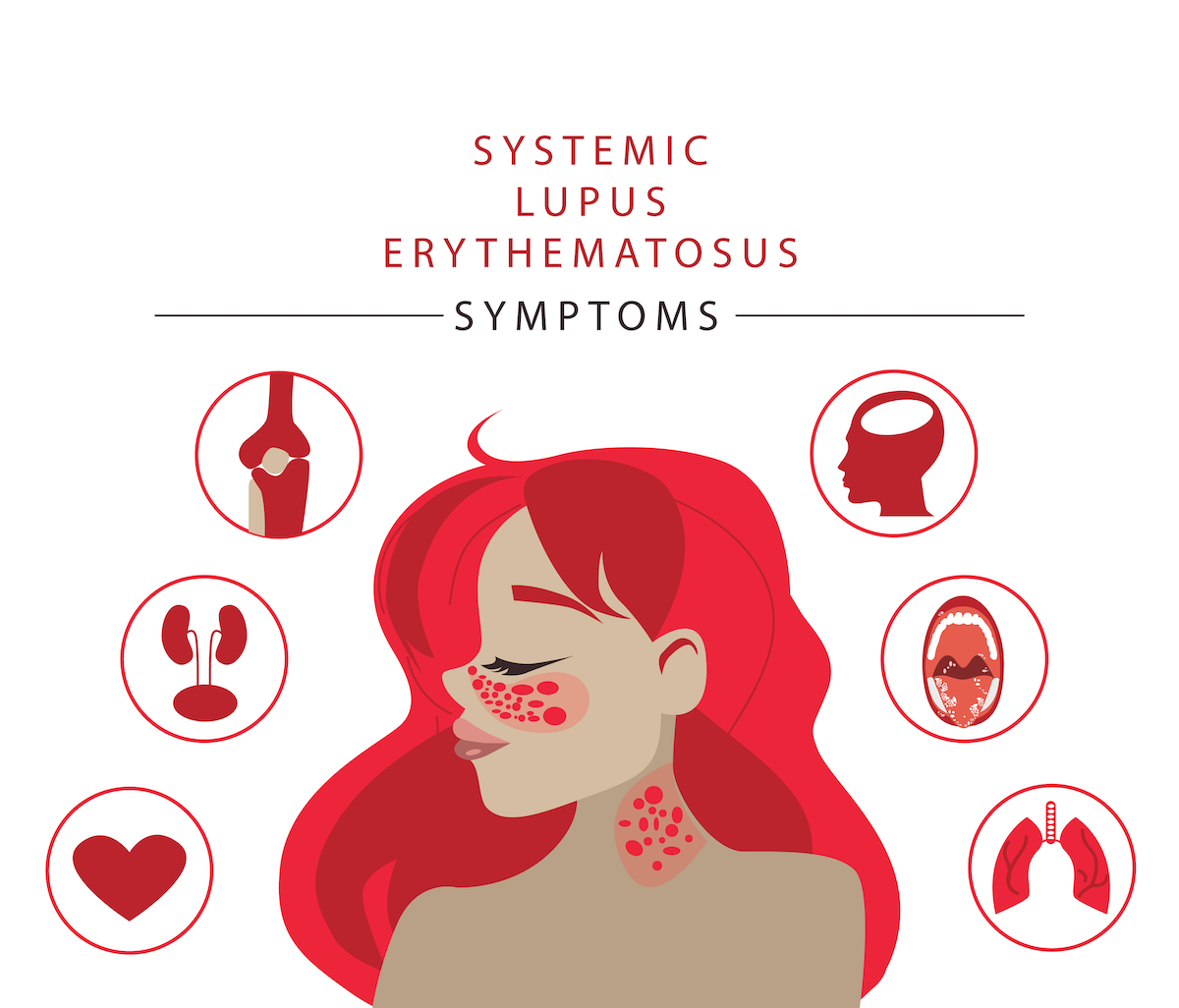Sometimes lupus is a symptom of another medical condition, which means it is not always an isolated disease. The autoimmune disease has a wide variety of symptoms, as it can affect most parts of the body. This makes it hard to diagnose the disease, and so many people are walking around with undiagnosed lupus, just because it can manifest itself in so many ways. Knowing what symptoms the disease has, is extremely important.

Symptoms of Lupus
Lupus is often described as a disease in which the immune system causes inflammation and pain throughout the body. This includes joint inflammation and pain, skin sensitivities & rashes, and problems with organs, such as the lungs, kidneys, and brain. These symptoms come in waves – also called flare-ups. In other words, there are periods when you are experiencing them a lot and your daily life is heavily impacted by them, and there are periods when you are not experiencing them at all. The latter is called the remission phase. Possible symptoms include:
- butterfly rash; red rash over the cheeks and nose bridge
- Skin rashes; large red circular plaques
- Mouth sores
- Hair loss
- Weight loss
- Arthritis; joint inflammations
- Fever
- Stomach pain
- Headaches
- Swollen glands
- Dry eyes
- Fatigue
- Anemia
- Muscle pain
Lupus also affects your blood – this can happen with or without symptoms. This means that the immune system starts attacking your red blood cells, white blood cells, or platelets. If the numbers of these cells start to drop, possible symptoms are fatigue, easy bruising, anemia, and serious infections. Complications of (un)treated lupus are: organ problems, think of depression, seizures, pericarditis, chest pain, and kidney damage. Continue reading on the next page and find how it’s diagnosed and treated.

